Research on Remix and Cultural Analytics, Part 1
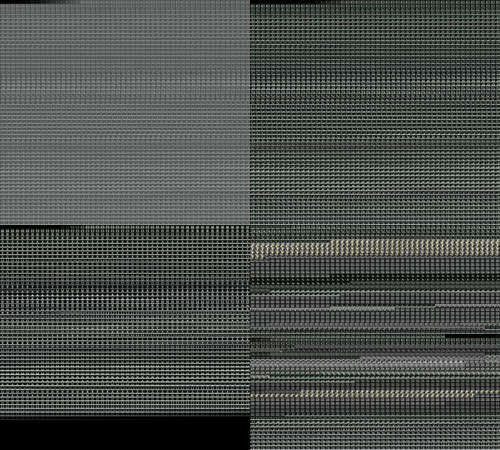
Image: Composite image of four YouTube video remixes. From top left to bottom right appear thumbnail montages of Charleston — Original Al & Leon Style!!, Charles Style, Charleston Mirror, and Charleston Mix. Larger images of the montages with proper explanation are included below as part of this introduction to my initial research on viral videos.
As part of my post doctoral research for The Department of Information Science and Media Studies at the University of Bergen, Norway, I am using cultural analytics techniques to analyze YouTube video remixes. My research is done in collaboration with the Software Studies Lab at the University of California, San Diego. A big thank you to CRCA at Calit2 for providing a space for daily work during my stays in San Diego.
What follows is a brief introduction of my preliminary interest on video remixes and how I plan to use cultural analytics to evaluate their evolution on YouTube. My current research consists of various elements, some which I will not introduce at length today, but will only mention to contextualize the use of video grid montage as an analytical tool.
The videos that I chose are a series of remixes of a performance by Al Minns & Leon James, originally recorded at the Savoy Ballroom in the 1950s. For a more specific contextualization of this video, see the post The Charleston Dance Remix at Know Your Meme.
Charleston — Original Al & Leon Style!!
The first remix of Al Minns & Leon James’s performance was posted on YouTube on May 11, 2006, titled “Charleston Style.” It is a mashup of the original video footage with the popular song “Around the World” by Daft Punk.
Since then several remixes have been created, most leaving the video footage alone, while switching the music. Genres include hip hop, ska, and techno among others. There are some versions that do edit the video footage, but so far I have not found many. The patterns of the remixes over time and within themselves is what I aim to analyze.
I am interested in this series of video remixes because I consider it a crossover of remix principles I previously defined, specifically in terms of selectivity.[1] There are two elements that I am evaluating: how visual montage takes place with newer remixes, and how, when the original video is used with no montage edits, it is adjusted to sync with the selected music.
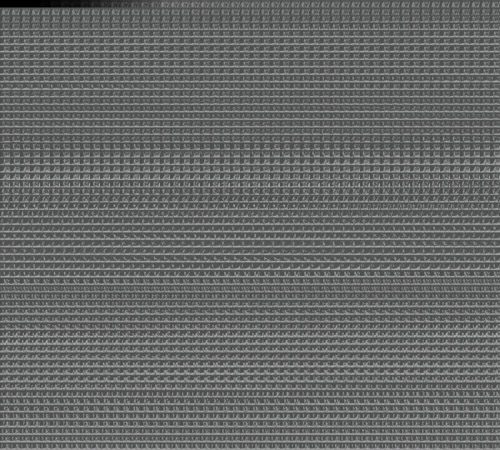
Grid montage of Charleston — Original Al & Leon Style!!
View 2000 px wide version
To begin, I took the original footage and created a grid montage, which consists of 3,350 frames (above). I then did the same for three other videos, which I selected based on their variations from the original.
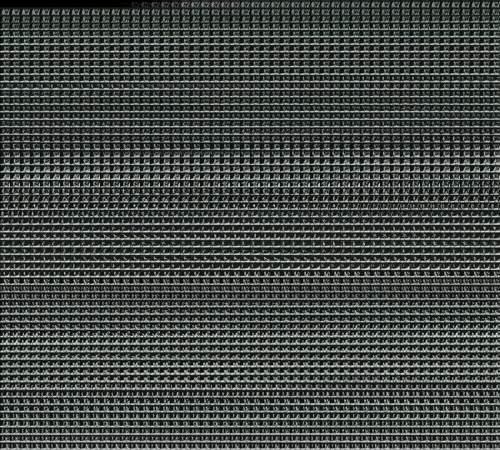
Grid montage of Charleston Style, the first remix posted in 2006.
View 2000 px wide version
The second video I selected was the first remix posted in 2006 (the first Daft Punk version). There are no major changes to the visuals in this case, except for the contrast of the footage. The frames stay the same. The original video lasts 1:50 and the Daft Punk remix 1:51.
In the third video, Charleston Mirror, the image is edited but the sound is left intact. The video is actually a remix of the Charleston Style.
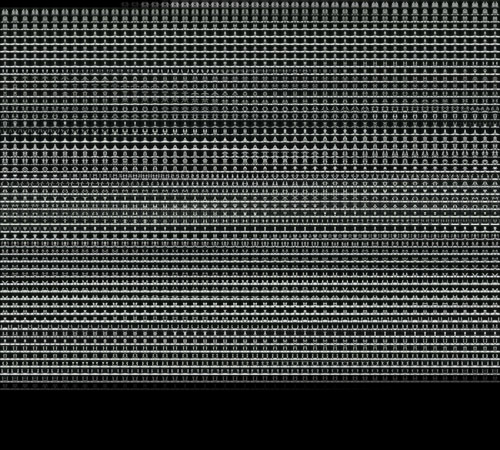
Grid montage of Charleston Mirror
View 2000 px wide version
In this grid montage it can be noted that the last frames were omitted. This video is actually 1:44. Other than this, there is no major shift in the relation between the image and sound. Yet because of the mirror effect, the video appears to be quite different ordering ventolin online from the Daft Punk remix, especially when the two men are dancing together towards the end.
It is in the fourth video, Charleston Mix, where we begin to see some changes that expose the process of selectivity that to a lesser degree appear to be at play in the other videos as well.
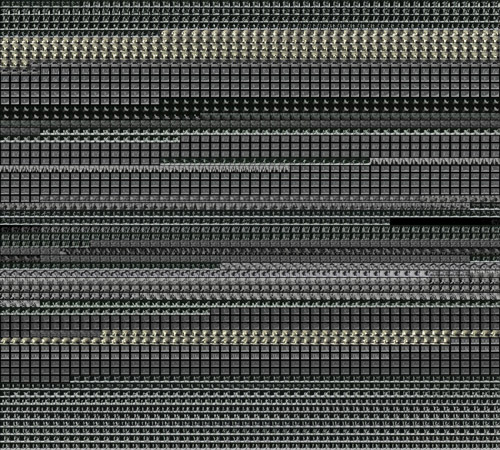
Grid montage of Charleston Mix
View 2000 px version
The grid montage of Charleston Mix exposes an element of remix in video that was not obvious to me prior to my preliminary analysis of these videos, which is how the process of selectivity differs between image and sound.
My definition of the selective remix in terms of music is based on the common understanding that a composition can have several parts of different songs playing simultaneously. This is even necessary for a music remix to attain a sense of cohesion and harmony.
Remixing video, however, as the grid of the Charleston Mix exposes, can develop a sense of cohesion through basic montage–that is a direct cut from one shot to another. This is important to keep in mind because in film language, the default form of composition is the montage, while in music it is the blend or transition of sounds from one section to another. In film, of course, there can be blending transitions, but this is not the main form of composing. The opposite is true in music because it is the transition, or ongoing layering of sound that is privileged.
The Charleston Remix functions according to such dynamics. It deliberately references the original video footage of Al Minns & Leon James, by strategically inserting it at specific moments. If the footage is not edited consistently enough, then the remix begins to fall apart as a selective remix. Given that the editor of the video is interested in referencing a specific performance, it is essential that the footage be pervasive enough so that there is a sense of a primary source. This is what makes the Charleston Mix a selective remix.
![]()
YZ orthogonal of Charleston Mix
View 5545 px version
The above YZ Orthogonal also exposes the selective editing of the Charleston Mix. One could make this observation without showing the grid or the YZ orthogonal. But these images make it possible to evaluate at what points such changes take place in relation to music and sound. When listening to the song one realizes that the edits also correspond to specific sections of the sound composition. And this brings me to a point that I am not able to expand upon at the moment, which is the main reason why I decided to begin this analysis; to better understand the evolution of selective remixes according to the edits of video to sound and vice-versa.
I cannot make any claims from this observation, except on how selectivity functions differently in image versus sound, as explained above. I share this preliminary observation because I argue that understanding such difference could help us be more critical of how image and sound is used in media.
This is one of three studies that I am working on. Based on what I learn, I plan to develop a systematic way to analyze viral videos by using the YouTube API. I will have a more conclusive assessment once I have analyzed more videos, and see if there are specific patterns at play. Such process will move from qualitative analysis to quantitative, and probably back, to better assess how Remix takes place in both image and sound.
[1] In my text Regressive and Reflexive Mashups, I define four types of remixes: extended, selective, reflexive and regenerative).








